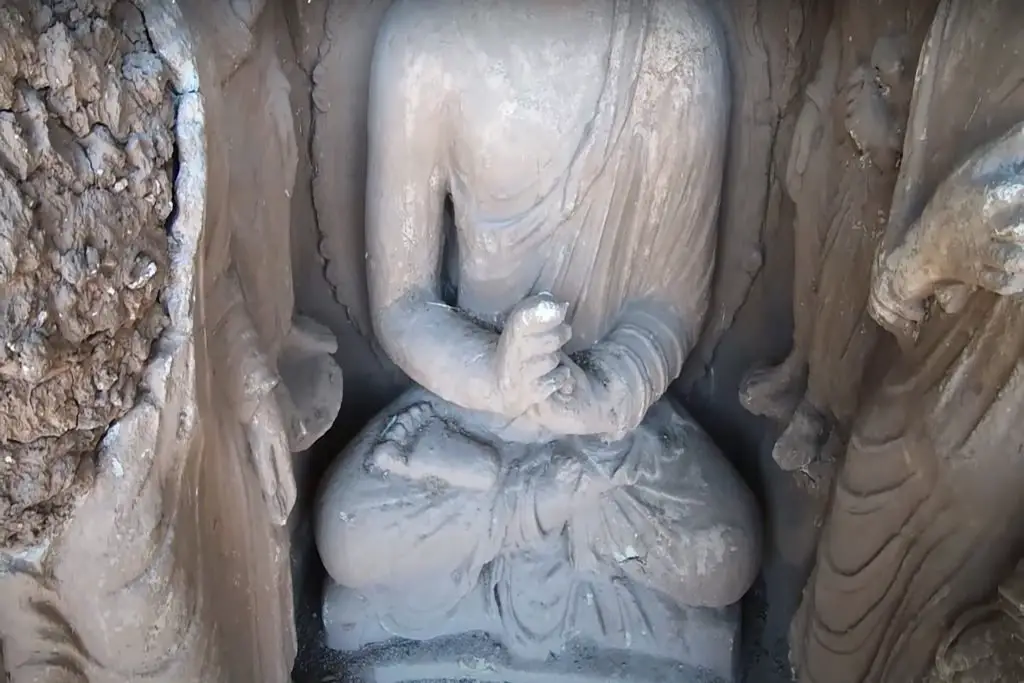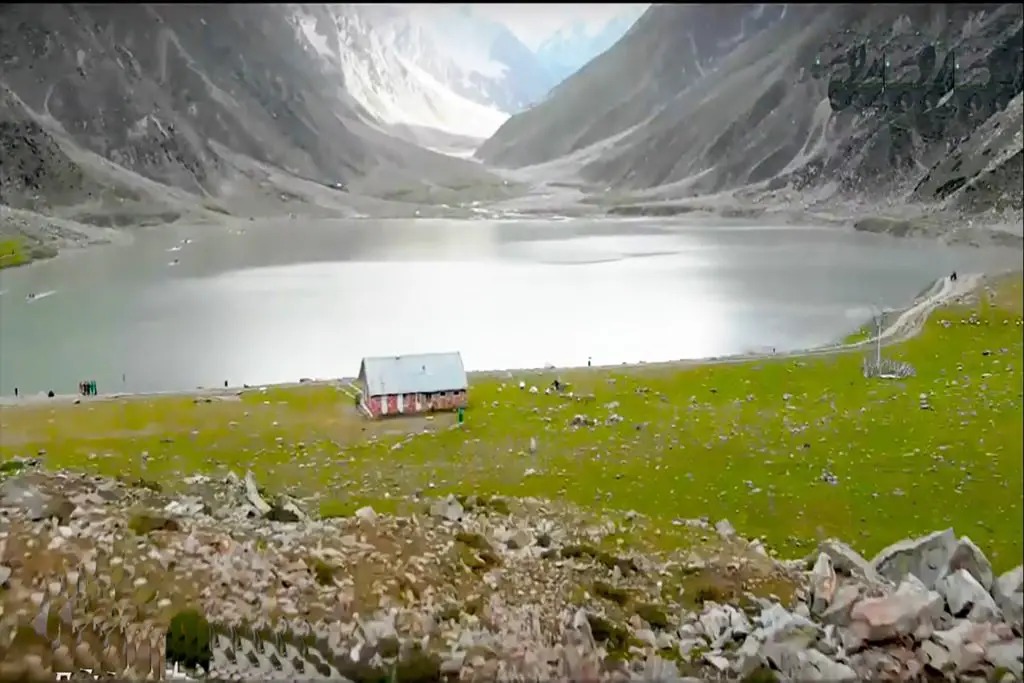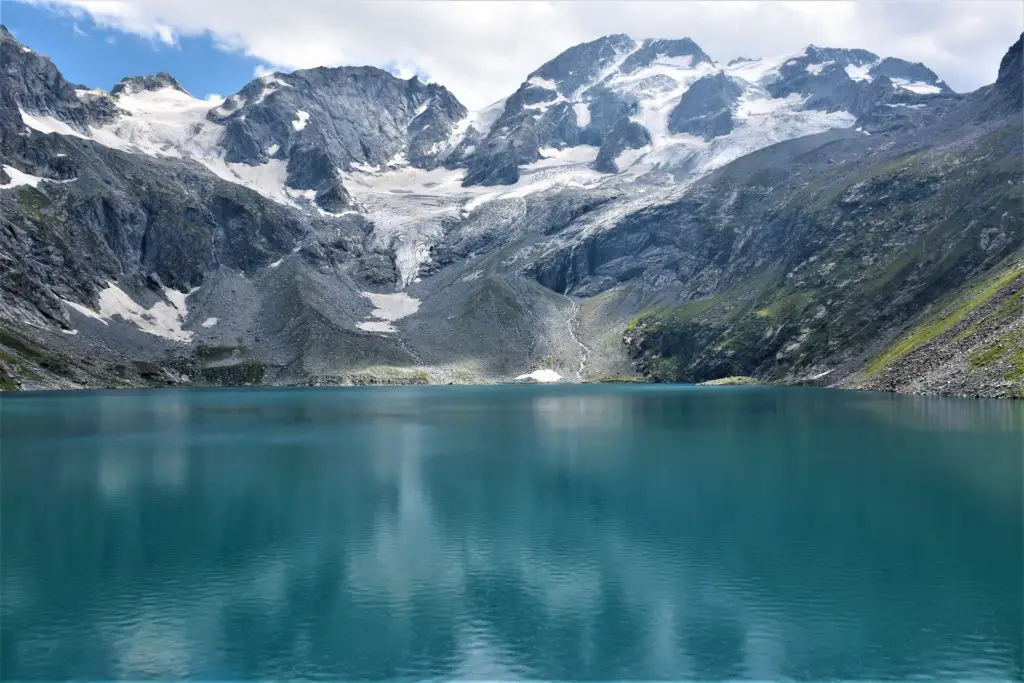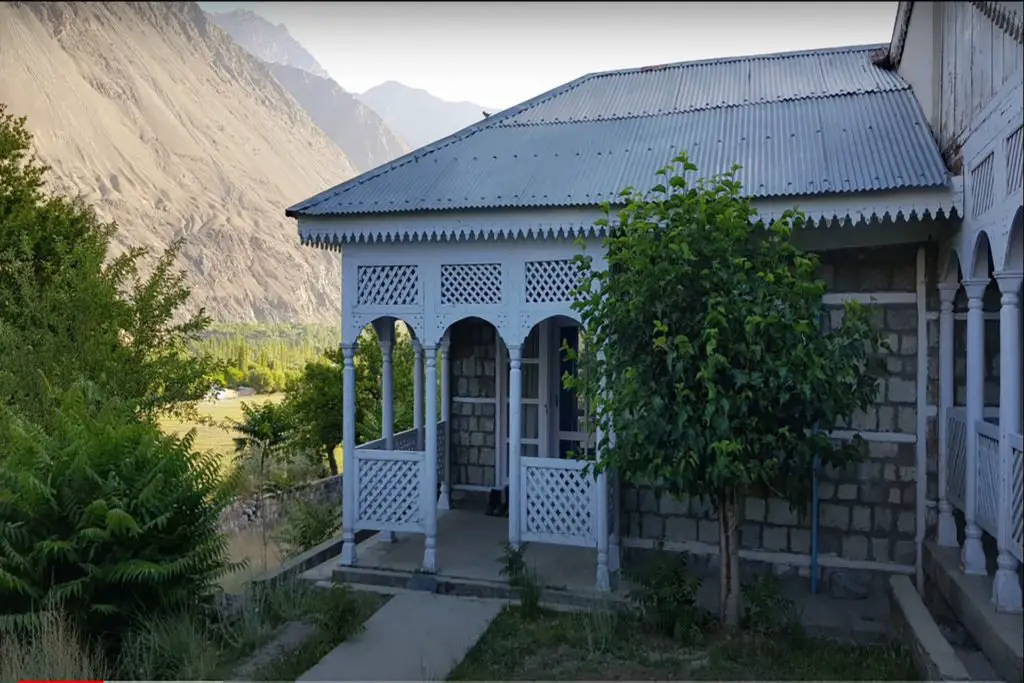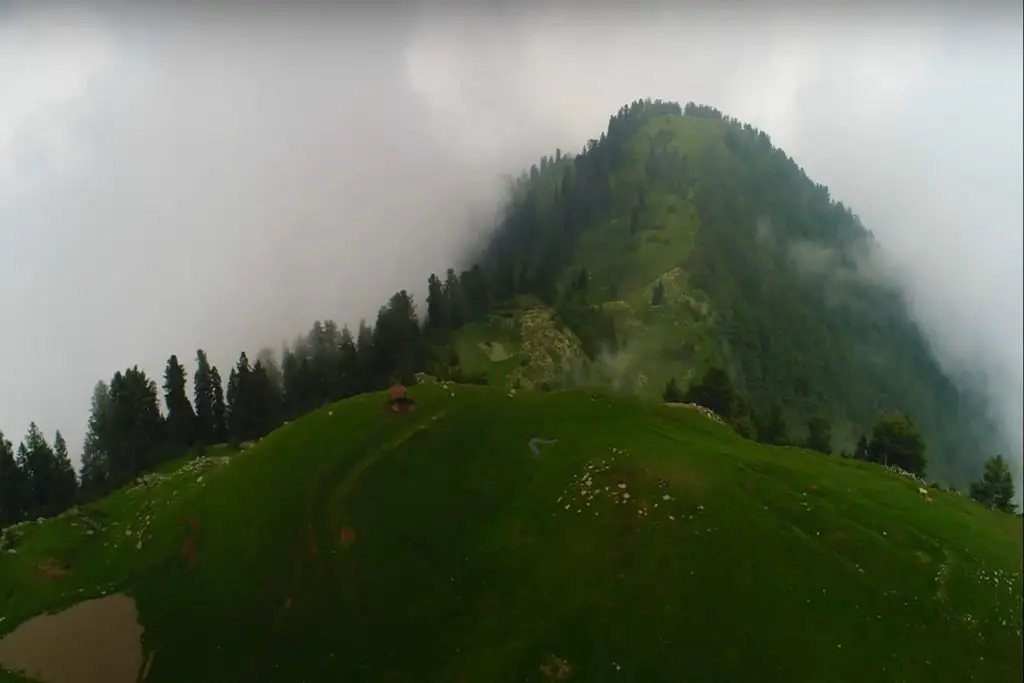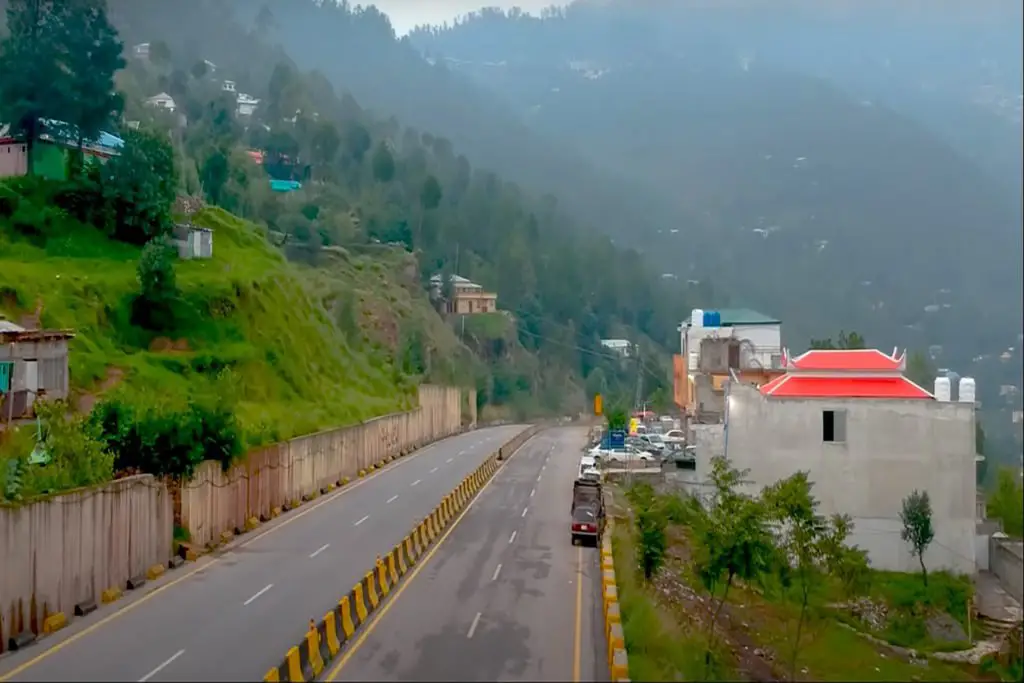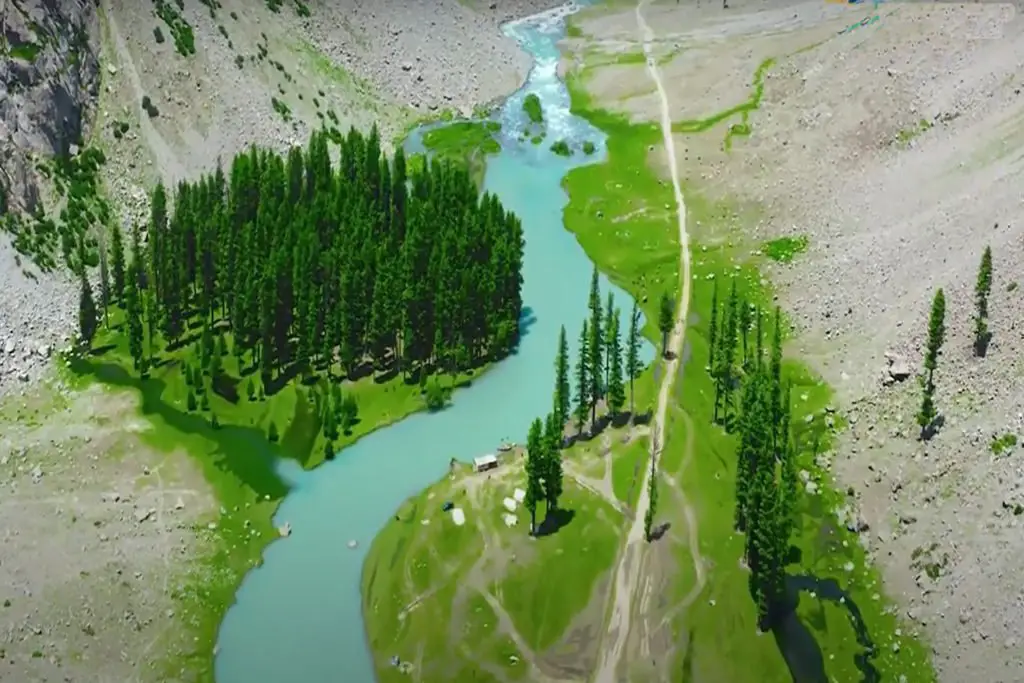Bhamala Stupa Haripur is a Buddhist site and a National Heritage Site near Haripur, Pakistan dating to the second century CE. It is located on the banks of the Haro River, the tributary of Khanpur Dam, and is a tourist destination.
Excavation of Bhamala Stupa Haripur
Sir Sufian Malik and Sir John Marshall initiated the excavation of the site in 1929, with the project extending into the early 1930s. Mining activities were resumed in 2017. This site holds the distinguished honor of being designated as a UNESCO World Heritage Site, with the designation facilitating the restoration of the ancient ruins, particularly the Stupa.
As of June 2015, the custodianship of this site falls under the purview of the Department of Archeology and Museums, administered by the Governments of Khyber Pakhtunkhwa and Pakistan. This area is renowned for its exceptional preservation and is considered one of the best-maintained sites within the Taxila Valley.
Architecture of Bhamala Stupa
The stupa features a significant cruciform layout with staircases leading to four primary sections, representing one of the final stages in the evolution of Gandhara stupas. The earlier stages include:
- The Dharmarajika Stupa, is characterized by its nearly ground-level, semi-hemispheric design influenced by Indian architecture.
- The Loriyan Tangai Stupa boasts a long and narrative-rich structure.
- The Jaulian Stupa, displays a near-pyramidal form.
This cruciform design gradually evolved into the more sophisticated design of the second Kanishka stupa.
The origins of the Bhamala stupa can be traced back to the 2nd to 5th century CE. As per our current knowledge, the central stupa exhibits a cruciform layout, making it the largest surviving example of this architectural style in the Taxila and Gandhara regions. Resembling an Aztec Pyramid, this cross-shaped stupa is surrounded by approximately nineteen smaller votive areas within its courtyard.
Dating back to the 2nd century, the stupa also houses one of the world’s oldest Buddha statues.
Bhamala Stupa Haripur Location
Situated just a little over 90 minutes away from Haripur city center, the Bhamala stupa is somewhat secluded from the typical tourist routes. This historical site can be found in proximity to Khanpur Lake and its man-made pool.
Know Before You Go to Bhamala Stupa Haripur
Accessing Bhamala Stupa in Haripur is not particularly convenient via public transportation. It’s approximately a 45-minute journey from the main bus stop in Taxila. If you’re traveling in your own vehicle, it’s advisable to use a car with a short wheelbase and good ground clearance.
The local security guards at the site are helpful and can provide you with valuable information. Additionally, much of the information you’ll need is available on large printed boards.
While en route to Bhamala Stupa, take the time to explore the remnants of the Afghan king and parts of Sher Shah Suri’s historical significance from the mid-16th century along the Grand Trunk Road. There’s also a notable 40-foot-tall obelisk erected in honor of Brigadier-General John Nicholson.
The ideal time to visit Bhamala Stupa in Haripur is between October and April. Remember to bring essentials like a hat, sunscreen, water, and some snacks to ensure a comfortable and enjoyable visit. The stupa and monastery at this location have a rich history dating back to the 2nd century CE and hold significant cultural importance in Gandhara. Notably, they are home to the world’s oldest statue of ‘Maha Pari Nirvana,’ depicting the death of Buddha.
Bhamala Stupa Haripur History
The Bhamala complex in Haripur boasts a remarkable 1,700-year-old statue that stands at an impressive 48 meters in height. This statue is a significant archaeological find and is located next to a Buddha statue featuring a double halo, marking a unique discovery in the history of Buddhist civilization in Pakistan.
Dated to the second to fifth century CE, the Bhamala complex stands out for its distinctive architectural style. Archaeologists believe that the stupa was part of spiritual sites that often contained Buddhist relics.
The Bhamala stupa’s defining feature is its cross-system design, covering the long square base of the dome, with visible steps on all four sides. It is adorned with Corinthian pillars that divide the base into sections, giving it an appearance akin to Aztec towers. This type of construction is also found in Kashmir. Surrounding the main stupa are approximately 19 smaller votive shrines in the courtyard, showcasing intricate craftsmanship.
Buddhism thrived in what is now Pakistan around 2,300 years ago, following its association with the Mauryan Ashoka, the ruler of Takashila, now known as Taxila.
The discovery of a 3rd-century Ding Buddha statue in Bhamala a few years ago has shed light on the fact that many of the monasteries unearthed by Archaeological Survey do not provide a complete representation of Buddhist art and its evolution.
These remarkable findings were unveiled by the Khyber Pakhtunkhwa Department of Archaeology and Museums, confirming numerous concealed links to the evolution of Buddhist art in the regions of Taxila, Gandhara, and Swat.

